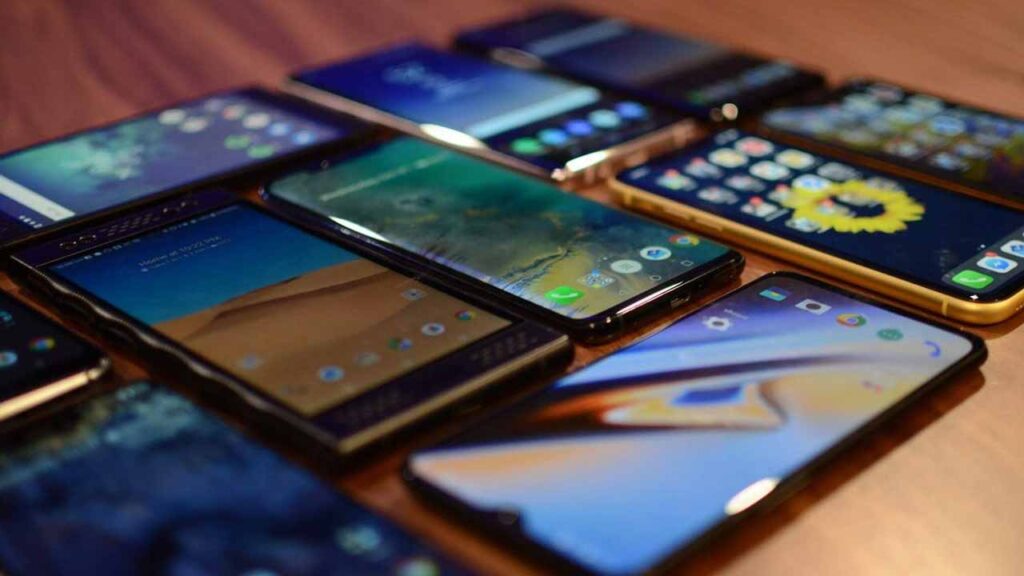
Emerging markets in Sub-Saharan Africa, Asia Pacific and Latin America will see the biggest increase in smartphone adoption, helped by increasing affordability.
Global System for Mobile telecommunications Association (GSMA) in its 2023 Mobile Economy Report, which disclosed this, said average selling prices for smartphones continue to decline and initiatives are proving successful in- driving uptake.
GSMA said there will be nine billion smartphone connections by 2030, equivalent to 92 per cent of total connections, which is expected to enable more connectivity.
Meanwhile, it said most new phone users are digital natives, who rely on devices for multiple activities beyond traditional voice calls and SMS. It stressed that this factor will sustain demand for smartphones across every region for the foreseeable future.
GSMA also noted that globally, smartphone data traffic will rise more than threefold in the period to 2028, with the biggest users in North America and Northeast Asia.
It explained that mobile traffic growth is driven by a combination of factors, including video streaming and online gaming. It noted that video traffic is estimated to account for around 70 per cent of all mobile data traffic, rising to 80 per cent in 2028.
The telecoms body, which represents the interest of mobile network operators and vendors across the world, noted that 5G is also a key driver of mobile data traffic growth, as evidenced by the technology’s growing share of overall mobile data traffic.
According to a GSMA Intelligence survey, 5G subscribers are more interested than 4G users in adding services and content to their mobile contracts.
The body said the total number of licensed cellular Internet of Things (IoT) connections will double to 5.3 billion by 2030, with Greater China accounting for two-thirds.
It explained that China recorded 1.84 billion cellular IoT connections in 2022, according to the Ministry of Industry and Information Technology (MIIT), making it the first major economy to record more cellular IoT connections than mobile users. Europe and the US will jointly account for a fifth of total connections by 2030.
The report said IoT will continue to grow in 2023 and beyond with new flavours of IoT emerging, including passive (or ambient) IoT. This refers to IoT sensors that are smaller and cheaper compared to previous generations of IoT (example, NB-IoT and LTE-M) and are powered by radio waves, solar, wind, vibrations and heat. According to GSMA, revenue growth is expected to remain in positive territory in both developed and developing regions for the period to 2030.
It said revenue beyond core continues to support revenue growth, but this varies significantly as a percentage of total revenues (15–40 per cent) among operators.
GSMA said the diversification of service offerings, often organically or through mergers and acquisition (M&A), has become a strategic imperative for operators amid continued cannibalisation of core communications services by Over The Top (OTT) players.
“Gaming, financial services, cloud and security are among the leading areas in terms of operator activity. Services, however, vary by market. For example, mobile money is a key revenue growth driver in Sub- Saharan Africa, media and entertainment is dominant in Europe and North America, and online gaming and cloud are top services in Northeast Asia,” the telecoms body noted.





